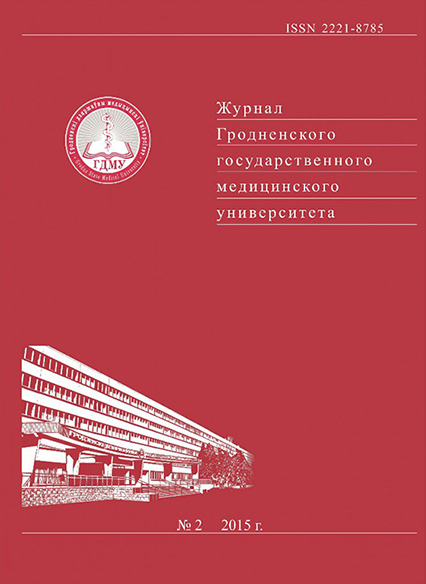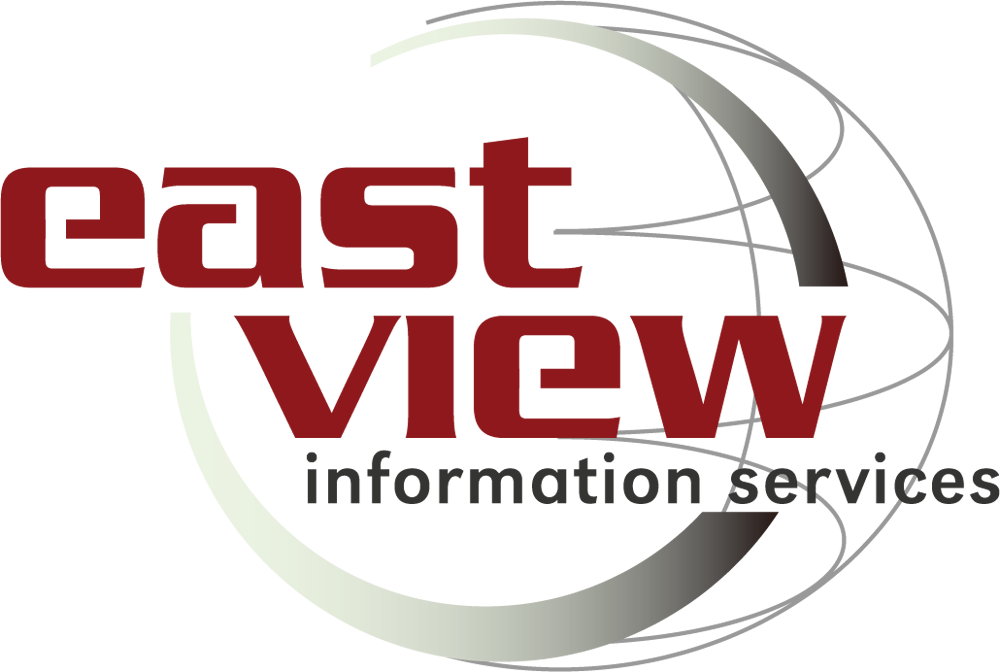РОЛЬ И ЗНАЧЕНИЕ ЦИНКА В ПЕРИНАТОЛОГИИ
Аннотация
В обзоре литературы представлены данные о значении цинка для плода и новорожденного. Показано, что отсутствуют надежные биомаркеры обеспеченности цинком во время беременности. Легкая и умеренная степень его недостаточности широко распространена в развивающихся странах. Недостаточность цинка отрицательно влияет на беременность и состояние новорожденного. Чаще регистрируются гипертензия, повышается риск рождения недоношенных детей, преждевременного излития околоплодных вод, присоединения инфекционных осложнений, геморрагий, перинатальная смертность, врожденные мальформации, тормозится рост плода. Показано положительное влияние пренатальных добавок цинка на нервно-психическое развитие новорожденных, их иммунную систему.
Литература
Prasad, A. S. Impact of the discovery of human zinc deficiency on health / A. S. Prasad // J. Trace Elem. Med. Biol. – 2014. – Vol. 28, № 4. – P. 357-363.
Prasad, A. S. Discovery of human zinc deficiency: its impact on human health and disease / A. S. Prasad //Adv. Nutr. – 2013. – Vol. 4, № 2. – P. 176-190.
Briefel, R. R. Zinc intake of the U.S. population: findings from the third National Health and Nutrition Examination Survey, 1988-1994 / R. R. Briefel, K. Bialostosky, J. Kennedy- Stephenson [et al.] // J. Nutr. – 2000. – Vol.130, № 5. – P. 1367- 1373.
Sandstead, H. H. Dietary phytate, zinc and hidden zinc deficiency / H. H. Sandstead, J.H. Freeland-Graves //J. Trace Elem. Med. Biol. – 2014. – Vol.28, № 4. – P. 414-417.
Шейбак, В. М. Биологическая роль цинка и перспек- тивы медицинского применения цинк-содержащих препаратов / В. М. Шейбак, Л. Н. Шейбак – Гродно: ГрГМУ, 2003. – 82 с.
Ma, X. Decreased expression and DNA methylation levels of GATAD1 in preeclamptic placentas / X. Ma, J. Li, B. Brost [et al.] // Cell Signal. – 2014. – Vol.26, № 5. – P. 959-967.
Kurita, H. Prenatal zinc deficiency-dependent epigenetic alterations of mouse metallothionein-2 gene / H. Kurita, S. Ohsako, S. Hashimoto [et al.] // J. Nutr. Biochem. – 2013. – Vol. 24, № 1. – P. 256-266.
Hong, K. H. Effects of dietary zinc deficiency on homocysteine and folate metabolism in rats / K. H. Hong, C. L. Keen, Y. Mizuno [et al.] //J. Nutr. Biochem. – 2000. – Vol. 11, № 3. – P. 165-169.
Perry, C. Mimosine attenuates serine hydroxymethyl-transferase transcription by chelating zinc. Implications for inhibition of DNA replication / C. Perry, R. I.M. Sastry, P.J. Stover [et al.] // J. Biol. Chem. – 2005. – Vol. 280, № 1. – P. 396-400.
Williams, R. J. Zinc in evolution / R. J. Williams // J. Inorg. Biochem. – 2012. – Vol. 111. – P. 104-109.
Marger, L. Zinc: an underappreciated modulatory factor of brain function. / L. Marger, C. R. Schubert, D. Bertrand // Biochem Pharmacol. – 2014. – Vol. 91, № 4. – P. 426-435.
Шейбак, Л. Н. Грудное молоко, влияние экологии и вопросы естественного вскармливания / Л. Н. Шейбак – Гродно, 1999. – 140 с.
Шейбак, М. П. Недостаточность цинка у детей / М. П. Шейбак, Л. Н. Шейбак // Рос. Вестник перинатол. и педиатрии. – 2000. – Т. 45, № 1. – С. 48-52.
O’Brien, R. Regulation of mineral metabolism from fetus to infant: metabolic studies / R. O’Brien // Acta Paediatr. – 1999. – Vol. 88. – P. 88-91.
Shah D. Magnitude of zinc deficiency and efficacy of zinc / D. Shah // Indian J Pediatr. – 2011. – Vol. 78, № 9. – P. 1140-1141.
Tamura, T. Zinc nutriture and pregnancy outcome / T. Tamura, R.L. Goldenberg // Nutr. Res. – 1996. – Vol.16. – P.139-181.
Jameson, S. Zinc status in pregnancy: the effect of zinc therapy on perinatal mortality, prematurity and placental ablation / S. Jameson // Ann. N.Y.Acad.Sci. – 1993. – Vol. 678. – P. 178-192.
Favier, A. E. The role of zinc in reproduction. Hormonal mechanisms / A. E. Favier // Biol. Trace Elem. Res. – 1992. – Vol. 32. – P. 363-382.
Favier, A. E. Hormonal effects of zinc on growth in children / A. E. Favier // Biol. Trace Elem. Res. – 1992. – Vol. 32. – P. 383-398.
Bunce, G. E. Molecular basis for abnormal parturition in zinc deficiency in rats / G. E. Bunce, F. Lytton, B. Gunesekera [et al.] // Nutr. Reg.Preg. Lact. Infant Growth – 1994. - Vol.1. – P.209-214.
Olson, D. M. Control of human parturition/ D. M.Olson, J. E. Mijovic, D. W. Sadowsky // Seminars in Perinatology – 1995. – Vol.19. – P. 52-63.
Scholl, T. O. Low zinc intake during pregnancy: its association with preterm and very preterm delivery / T. O. Scholl, M. L. Hediger, J. J. Scholl [et al.] // Am. J. Epidemiol. – 1994. – Vol. 137. – P. 1115-1124.
Uriu-Adams, J. Y. Zinc and reproduction: effects of zinc deficiency on prenatal and early postnatal development / J. Y. Uriu-Adams, C. L. Keen //Birth Defects Res B Dev Reprod Toxicol. – 2010. – Vol. 89, № 4. – P. 313-325.
Keen, C. L. Primary and secondary zinc deficiency as factors underlying abnormal CNS development / C. L. Keen, M. W. Taubeneek, G. P. Daston [et al.] // An.N.Y. Acad.Sci. – 1993. – Vol. 678. – P. 37-47.
Velie, E. M. Maternal supplemental and dietary zinc intake and the occurrence of neural tube defects in California / E. M. Velie, G. Block, G. M. Shaw [et al.] // Am.J. Epidemiol. – 1999. – Vol. 150. – P. 605-616.
Tamura, T. Maternal plasma zinc concentrations and pregnancy outcome / T. Tamura, R. L. Goldenberg, K. E. Johnston [et al.] // Am. J. Clin. Nutr. - 2000 – Vol. 71. – P. 109-113.
Golub, M. Studies on marginal zinc deprivation in rhesus monkeys: IV. Growth of infants in the first year of life / M. Golub, M. E. Gershwin, L. S. Hurley [et al.] // Am. J. Clin. Nutr. – 1984. – Vol. 40. – P. 1192-1202.
Betsy, A. Zinc deficiency associated withhypothyroidism: an overlooked cause of severe alopecia / A. Betsy, M. Binitha, S. Sarita // Int J Trichology. – 2013. – Vol. 5, N1. – P. 40-42.
Ertek, S. Relationship between serum zinc levels, thyroid hormones and thyroid volume following successful iodine supplementation / S. Ertek, A. F. Cicero, O. Caglar [et al.] //Hormones (Athens) – 2010. – Vol. 9, № 3. – P. 263-268.
Caulfield, L. E. Adding zinc to prenatal iron and folate supplements improves maternal and neonatal zinc status in a Peruvian population / L. E. Caulfield, N. Zavaleta, A. Figueroa //Am. J. Clin. Nutr. – 1999. – Vol. 69. – P. 1257-1263.
Merialdi, M. Adding zinc to prenatal iron and folate tablets improves foetal neurobehavior development / M. Merialdi, L. E. Caulfield, N. Zavaleta [et al.] // Am. J. Obst. Gynaecol. – 1999. – Vol. 180. – P. 483-490.
Beach, R. S. Persistent immunological consequences of gestational zinc deprivation / R. S. Beach, M. E. Gershwin, L. S. Hurley // Am. J. Clin. Nutr. – 1983. – Vol. 38. – P. 579-590.
Zalewska, M. The role of metallothionein interactions with other proteins / M. Zalewska, J. Trefon, H. Milnerowicz // Proteomics – 2014. – Vol.14, № 11. – P. 1343-1356.
Keen, C. L. Gershwin M. E. Zinc deficiency and immune function / C. L. Keen // Annu Rev Nutr. – 1990. – Vol. 10. – P. 415-431.
Mocchegiani, E. Reversibility of the thymic involution and of age-related peripheral immune dysfunctions by zinc supplementation in old mice / E. Mocchegiani, L. Santarelli, Muzzioli [et al.] // Int J Immunopharmacol. – 1995. – Vol. 17, № 9. – P. 703-718.
Wellinghausen, N. The immunobiology of zinc / Wellinghausen, H. Kirchner, L. Rink // Immunol Today. – 1997. – Vol. 18, № 11. – P. 519-521.
Chandra, R. K. Excessive intake of zinc impairs immune responses / R. K. Chandra // JAMA. – 1984. – Vol. 252, № 11. – P. 1443-1446.
Vallee, B. L. The biochemical basis of zinc physiology / B. L. Vallee, K. H. Falchuk // Physiol Rev. – 1993. – Vol. 73, № 1. – P. 79-118.
Christian, P. Interactions between zinc and vitamin A: an update / P. Christian, K.P. West // Am J Clin Nutr. – 1998. – Vol. 68, № 2. – P. 435S-441S.
Walsh, C. T. Zinc: health effects and research priorities for the 1990s. / C. T. Walsh, H. H. Sandstead, A. S. Prasad [et al.] // Environ Health Perspect. – 1994. – Vol. 102, № 2. – P .5- 46.
Favier, A. Effects of zinc deficiency in pregnancy on the mother and the newborn infant / A. Favier, M. Favier // Rev Fr Gynecol Obstet. – 1990. – Vol. 85, № 1. – P. 13-27.
Mertz, W. Risk assessment of essential trace elements: new approaches to setting recommended dietary allowances and safety limits / W. Mertz // Nutr Rev. – 1995. – Vol. 53, № 7. – P. 179-185.
Sandstead, H. H. Requirements and toxicity of essential trace elements, illustrated by zinc and copper / H. H. Sandstead // Am J Clin Nutr. – 1995. – Vol. 61, № 3. – P. 621-624.
Штыкова, О. Н. Цинкдефицит как фактор риска формирования хронической патологии у детей / О. Н. Штыкова, Т. И. Легонькова, Т. Г. Степина [и др.] // Актуальные проблемы медицины. Ч.2. – Гродно, 2015. –С. 323-325.































